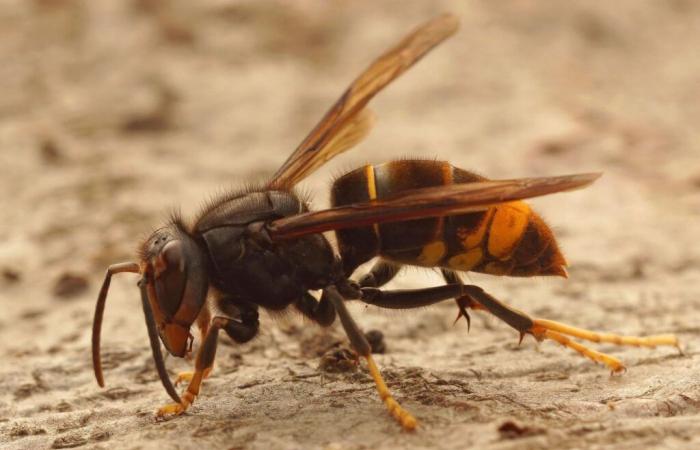
Twenty years after its arrival in France, the Asian hornet continues to be talked about. Sworn enemy of beekeepers and subject to a national control plan, France cannot get rid of this invasive exotic species. Worse still, these hornets have spread throughout Europe.
It was in November 2004 that the insect was first reported to the French authorities. A horticulturist from Lot-et-Garonne notices the presence of hornets with an unusual appearance on his property.
From the variety nigrithoraxthis insect is native to Asia, lives in areas with a tropical or continental climate such as Afghanistan, India, China or the Indonesian islands. Several researchers then began to investigate their origin.
Originally from China
« We wondered how they got there. We compared the specimens present in Asia with those found in France », explains Quentin Rome, responsible for scientific studies on insects at the National Museum of Natural History.
Thanks to in-depth genetic analyzes of the parentage of the different specimens collected in France and Asia, they found a match. “ They were hornets from the Shanghai region in China. », recalls the researcher. The beekeeper who reported them in 2004 actually imported his vases from Shanghai… “ There must have been founding queens hidden in its pots, in the spring they created their colonies “, he specifies.
A danger for biodiversity
In just fifteen years, Asian hornets have spread across the country. “ With a climate similar to their region of origin and no predators, it is impossible to stop them », deplores Quentin Rome. A problematic situation, because these insects attack pollinators, thus harming the beekeeping industry and biodiversity.
This species is responsible for around 20% of mortality in apiaries according to estimates in a Senate report published in April. A national control plan has been put in place.
«If Asian hornets were introduced in 2004, it is probably not the first time that they have been found in Franceexplains Quentin Rome. It's just the first time they've survived“. The transport of goods is the main cause of the dispersal of invasive alien species. These travel in shipments of plants or fruits containing hidden insect or animal eggs.
Currently, more than 37,000 exotic species have been introduced into different ecosystems due to human activities. In France, this is particularly the case for Louisiana crayfish brought back to Europe for aquaculture or even Florida turtles. A danger for biodiversity, invasive alien species are involved in 60% of the global extinctions of recorded species.





